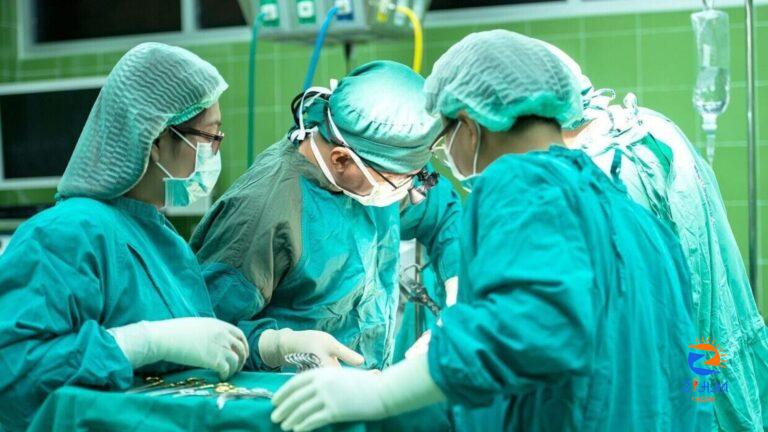
[ad_1]
Leo Wurpillot was ten years old when he learned he had a brain tumour. To determine its malignancy, sections of the tumour had to be surgically removed and analysed. Now 19, he recalls the anguish that came with the subsequent three-month wait for a diagnosis. The news was good, and today Mr Wurpillot is a thriving first-year biomedical student at Cardiff University. But the months-long post-operative anticipation remains hard for patients to bear. That wait may one day be a thing of the past.
On June 27th a group of brain surgeons, neuropathologists and computational biologists met at Queen’s Medical Centre in Nottingham to hear about an ultrafast sequencing project developed by researchers at Nottingham University and the local hospital. Their work will allow brain tumours to be classified from tissue samples in two hours or less. As brain surgeries typically take many hours, this would allow results to come in before the end of surgery and inform the operation itself.
Different tumours require different types of treatment. Some can be dealt with by radiation therapy or drugs alone, whereas others require surgery. But deciding how much of the tumour must be cut away in the delicate area of the brain, where removals can have lifelong consequences for the patients, is exceptionally tricky. And without knowing how dangerous the tumour is, surgeons cannot make the right judgments about how aggressive to be.
To help them out, the Nottingham team is relying on a technology called nanopore sequencing. This sequences molecules of DNA or RNA by passing them through tiny holes engineered into a membrane. By measuring how an electric current running through those holes changes as different parts of the molecule pass through, the DNA can be read in real time. Nanopore sequencers can also speed up the analysis by doing something called adaptive sampling. This scans each DNA strand to see if it contains specific mutations that might be of interest. If none is found, the strand is ejected from the pores, leaving them open to sequence another strand.
As data come out of the sequencing device it is processed by algorithms that classify the tumour as malignant or otherwise. Since March last year the team have analysed tumours from 90 patients. Thirty were retrospective samples to check their technique matched the answers given by conventional molecular and genomic classification methods. A further 60 were prospective samples taken during surgery. Across all 90 patients, the results matched those obtained by the old techniques in over 90% of cases, says Simon Paine, a consultant neuropathologist at Nottingham University and part of the project team.
Stuart Smith, a consultant neurosurgeon at Nottingham University Hospitals Trust and another member of the team, has canvassed colleagues about the data they have previously been able to generate on patients’ tumours. His results suggest the new technique would have changed the surgical strategies employed between 18% and 50% of the time. In some cases patients would have needed only one brain surgery rather than two.
The approach is attracting interest. Dr Paine says that many of Britain’s neurology centres have contacted them about the technique. They think it could eventually spread to the analysis of other types of tumour, including lymphomas and leukaemias, for which a battery of tests already exists. If ultrafast sequencing can be speeded up even further, drugs capable of effecting genetic changes in a brain tumour could one day be given during the operation itself. The team hopes they can get the test validated and approved for use as a diagnostic tool in the coming months.
Neurosurgeons are not the first clinicians to discover the benefit of nanopore sequencing. A recent three-year study at Guy’s and St Thomas’ NHS Foundation Trust used it to sequence the pathogens found on patients in intensive care, and found that 3% of patients were harbouring pathogens responsible for dangerous diseases such as Legionnaires’ as well as nasty strains of MRSA. Bringing genetic sequencing to the medical front lines heralds a new era of diagnostic possibilities.
© 2024, The Economist Newspaper Limited. All rights reserved. From The Economist, published under licence. The original content can be found on www.economist.com
[ad_2]